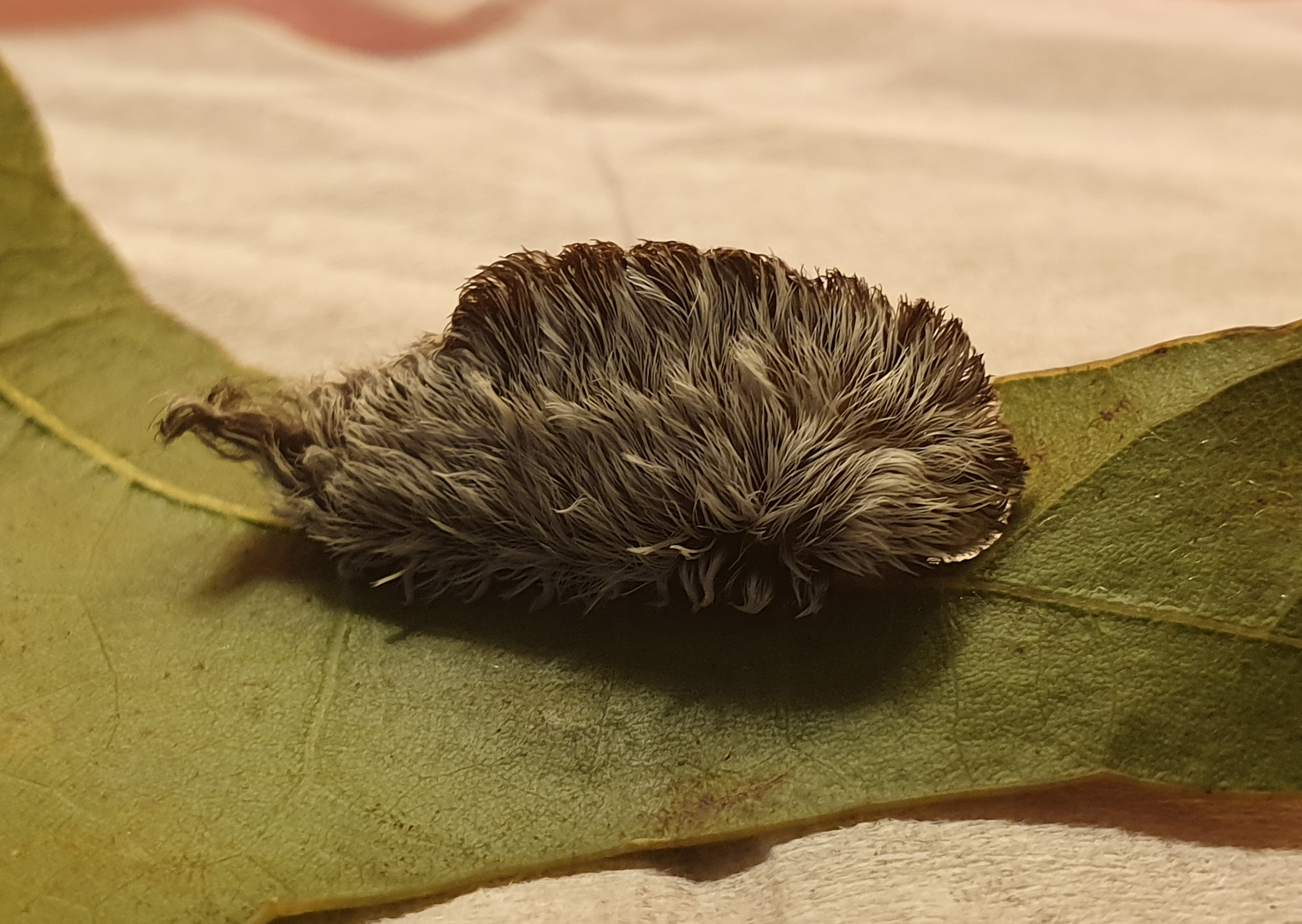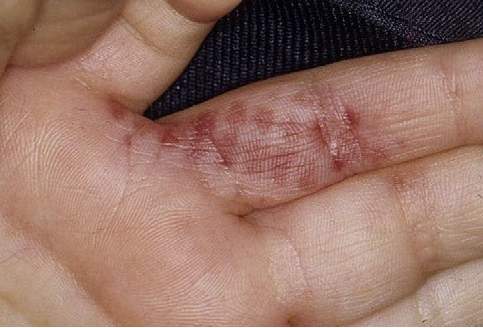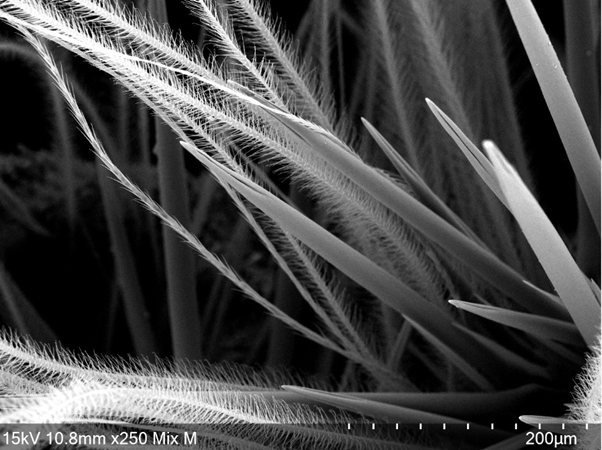Fluffy asp caterpillars may look cute, at least to some eyes, but you wouldn’t want to pat them. Their spines carry venoms that can produce very painful stings. When scientists from the University of Queensland investigated, however, they found the venom is unlike other insects’ defense mechanisms. Instead, it resembles molecules produced by some bacteria, which have their own ways to hurt you. That’s not a coincidence, it turns out. Bacteria donated their genes to the caterpillars in the deep past, and recently the caterpillars turned them into a weapon.
Venoms are considered one of the best sources of new medications, following the development of blood pressure and diabetes drugs from pit viper and Gila monster venoms, respectively. Despite this, insect venoms in particular are understudied. If they don’t kill people, there isn’t much of an incentive to create antivenenes, for example.
Dr Andrew Walker is part of a team working to change that. They’ve published their investigation of the Megalopyge opercularis and Megalopyge crispata caterpillars in a new paper, and it contains some surprises.

Megalopyge opercularis doesn’t stand out as much as its cousin, but it looks equally harmless.
Image credit: University of Queensland
Before it turns into a moth and can evade predators with flight, the caterpillar is vulnerable. It has developed spines that deliver a toxin so painful it can land those who touch it in hospital, earning it the popular name of asp caterpillar.
“Many caterpillars have developed sophisticated defences against predators, including cyanide droplets and defensive glues that cause severe pain, and we’re interested to understand how they are all related,” Walker said in a statement.
However, Walker said, “We were surprised to find asp caterpillar venom was completely different to anything we had seen before in insects.” The proteins are similar to those of some bacteria and box jellyfish, but not other animals. They form aggregations on cell surfaces that punch holes in the cell wall.

This is what happens when you foolishly touch a Megalopyge.
Image credit: Hosler et al; University of Queensland
Painful as this is both to potential predators and those who brush the caterpillar by accident, it could be harnessed to humanity’s benefit. “Toxins that puncture holes in cells have particular potential in drug delivery because of their ability to enter cells,” Walker said. “There may be a way to engineer the molecule to target beneficial drugs to healthy cells, or to selectively kill cancer cells.” That’s in addition to the possibility of using the basic mechanism for pesticides.
Walker told IFLScience the caterpillars probably inherited the gene after being infected by a pathogenic bacterium. “Some DNA by chance got loose in the cell, and somehow by chance got into a sperm or egg cell. There are lots of by chances, which is why it doesn’t happen very often.” Alternatively, a virus could have cut the gene from the bacteria and transferred it.

The Megalopyge bristles are harmless, but among them the spines lurk.
Image credit: University of Queensland
Either way, moths the world over have been using the gene for other purposes for a long time. Indeed, it is so widespread the team think the gene transfer took place 400 million years ago, after the first early-diverging moths broke away from the family line, but before the main moth diversification.
Although it is not known what many of these moths have been using the gene for, it hasn’t been for venom. Walker noted to IFLScience that the North American family Megalopyge comes from has Australian relatives that also use venom, but do it through an entirely different technique. Only by studying more related species will the team be able to work out how long the gene has been used in this way. Working out why other caterpillars with access to the same arsenal have not deployed it could take considerably longer.
The study is published in Proceedings of the National Academy of Sciences.
Source Link: Asp Caterpillars Got Their Venom From Bacteria Genes